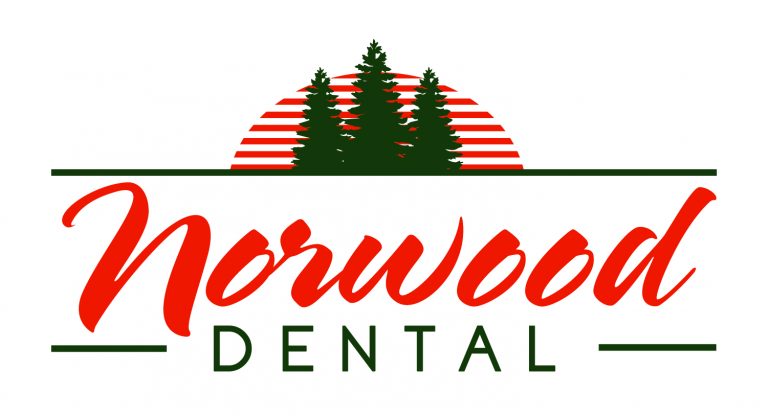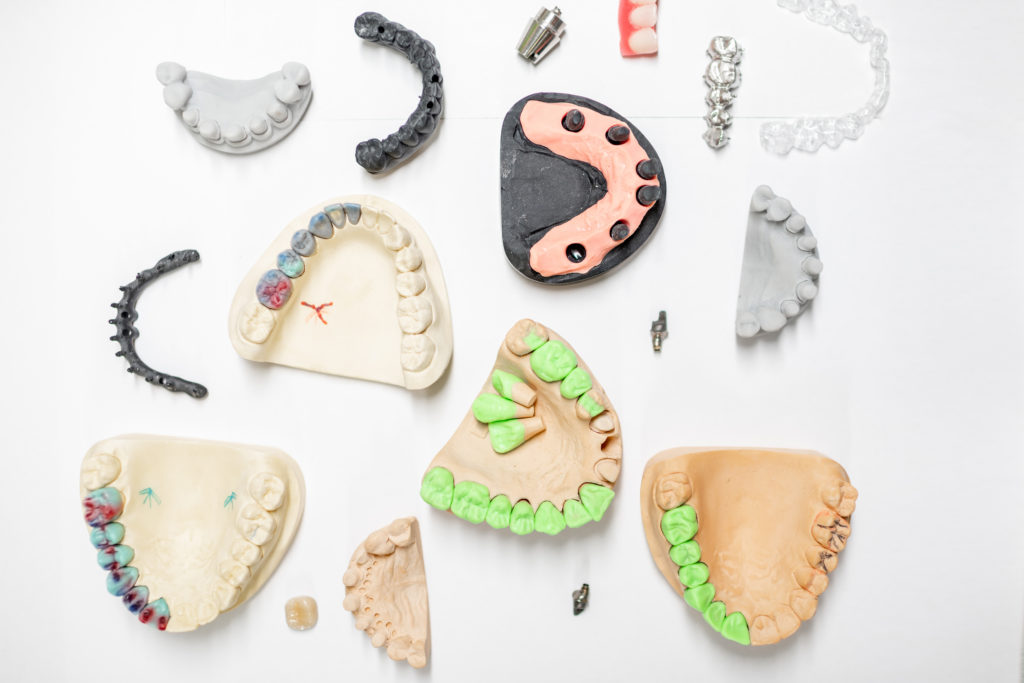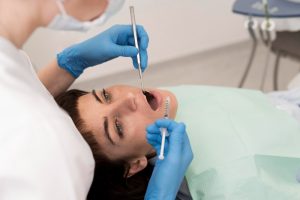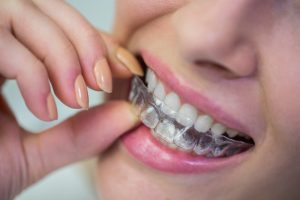What Is A Dental Implant?
Dental implants are prosthetic units that replace your missing natural teeth. Popular as the “gold standard” of cosmetic and restorative dentistry, implants brag a success rate of 98%. Since they were first made in 1952, they have received numerous developmental and structural upgrades. With these upgrades, dental implants have become the go-to option for patients suffering from tooth loss.
What Is The Structure Of A Dental Implant?
A dental implant is made up of 3 parts –
- The first part is the metal rod known as “post” that is placed in the jaw bone surgically. They are made either of titanium or zirconia.
- The middle part is a connector that is placed on top of the implant post. Also known as an abutment, these are placed over the gum line.
- The third part is artificial tooth replacement. Depending on the case, it can either be a dental crown, a bridge, or a denture. The connector helps the dental unit secure in place.
When Would I Require Dental Implants?
Dental implants might be the replacement of choice for you if –
- You have one missing tooth or several missing teeth
- Your jawbone has peaked full growth
- Your bone health (quantity and quality) is adequate
- You have healthy oral structures and tissues
- You don’t have debilitating medical conditions (like diabetes, HIV/AIDS, etc.)
- You don’t have conditions that hamper bone health and healing (like osteoporosis)
- You struggle with wearing dentures
- You want to improve your speech
- You are willing to commit to the time it takes for the entire implant process
- You don’t smoke or chew tobacco
Whether or not you’re a prime candidate for an implant is something that your dentist decides. Before they are given the go-ahead, patients have to undergo extensive screening and examinations to ensure they’re eligible for a dental implant.
What Is Involved In Getting A Dental Implant?
The process of fitting an implant is done in multiple steps and over several months.
The Initial Examination
In this phase, patients have their oral structures and health examined by their dentist – physically and digitally. Several X-rays will be taken to understand the status of the patient’s bone health. Their medical and dental histories are taken and evaluated to see if they can be fitted with an implant.
Patients with conditions like diabetes, hypertension, HIV/AIDS, cancer, etc. are not recommended implants. Similarly, smokers and people with poor oral hygiene are also advised against them.
Once the dentist is satisfied with the patient’s overall status, they proceed to the next step.
The Surgery
The implant procedure is tailor-made to each individual. Depending on the number of teeth requiring replacement and bone health, the dentist charts out a treatment plan for the patient.
The implant post is placed surgically in the jawbone. Before the surgery is commenced, the patient will receive anesthesia – local, a sedative, or general – depending on what the dentist decides.
Once the anesthesia has set in, the dentist will make an incision on the surgical site and peel back the gums to expose the bone. With the help of a dental drill, space is created within the jaw bone to place the implant post.
The post is screwed into place and the gums are stitched back into position. The patient is then sent home where they will recover for the next couple of weeks.
The Recovery Phase
This period can last anywhere from 6 to 12 weeks. During this period the jaw bone grows around and fuses with the implant post. The process is called osseointegration and this helps in creating a stable base for the tooth replacement.
Owing to the placement of the post, it serves as an artificial tooth root, thereby stimulating the jaw bone and preventing any resorption from taking place.
The Abutment Placing
After the osseointegration is complete, the dentist calls the patient in for an outpatient procedure. The abutment is placed after reopening the gum to expose the implant. After it is attached, the gum tissue is closed around the abutment.
In some cases, the dentist might place the abutment during the post-placement stage itself.
After the abutment is placed, the gums are allowed to heal for 2 weeks.
Choosing The Artificial Teeth
After the gums have healed, impressions of the oral cavity are taken. These are then sent to the lab to manufacture the prosthetic unit – crown, bridge, or denture.
Based on what your dentist decides, the replacement could either be removable or a fixed one.
How Painful Is The Dental Implant Procedure?
Because of the use of anesthetic agents, the surgical procedure is painless. The patient experiences soreness and inflammation post-surgery – which is a normal outcome. The pain is easily managed with over-the-counter painkillers and other instructions your dentist recommends.
Should you continue to experience pain beyond the normal time frame and after the implant process is complete, get in touch with your dentist. They will figure out the cause for the pain you’re feeling and assess whether it is normal or not.
Do Dental Implants Work Like Real Teeth?
Because implants are placed within the jaw bone, they mimic the natural tooth root structure and function just like they would. Owing to bone fusion, they are immensely stable and allow patients to not only eat their favorite foods but also have clear and proper speech.
With the addition of artificial teeth, your dentition looks just like it would if you had your natural teeth. The functional and aesthetic superiority makes dental implants every patient’s prime choice for teeth replacement.
If you’ve been browsing through the internet for an “implant dentist near me” or a cosmetic dentist to help you with implants – browse no more! The dental experts at Norwood Dental have extensive experience with dental implants and will guide you through the entire process.
Furthermore, with state-of-the-art dental gear and comfortable office space, our team will make sure that your visit to our establishment is a fantastic one. Call (952) 467-3518 to book an appointment with our dental health professionals today.




